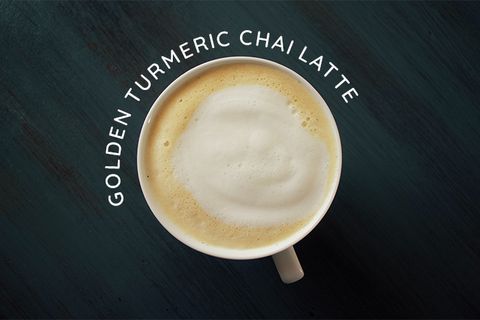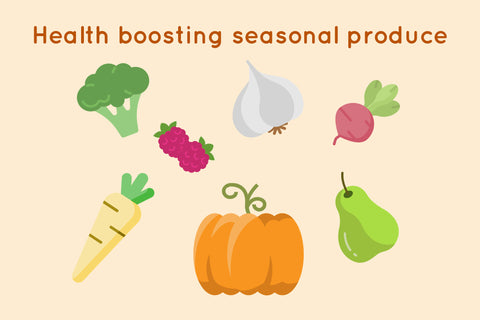How to up your iron intake
Posted on July 26 2019

Most of us are familiar with the health benefits of iron. This essential mineral is vital for our bodies to operate properly. It’s used to make haemoglobin, which carries oxygen round via your red blood cells, keeping your body functioning. It basically breathes life into your tissues and organs. So, it’s safe to say it’s pretty important to keep your levels up. But what else is there to this necessary nutrient, and how do we get enough?
There are two different types
There are two types of iron in food: haem and non-haem iron. Haem iron is only found in meat and fish, and is easily absorbed. Non-haem iron is found in plant foods as well as animal products, but is not absorbed as well by your body.1 This means that if you eat a purely plant-based diet, it’s best to keep an eye on your intake, as you won’t be taking in all the iron in your food.2 However, if you watch your absorption, plant sources can be just as effective. Dark leafy greens and legumes are loaded with nutrients, making them a healthy way to keep topped up with iron.

Think about absorption
So, it’s not as simple as just filling up on iron-rich foods. Even if you pack plenty of iron into your diet, you still need to consider how much you’re actually absorbing. Some food will actually interfere with your ability to use iron properly. For example, the tannins in tea and coffee inhibit the absorption of iron from plant sources, so a cuppa with your iron-rich breakfast means you might not get the full benefit of your cereal.3 Phytates, found in foods like whole grains and nuts, can also reduce how much iron you’re getting.4
Luckily, there’s a perfect pairing for your iron-rich foods. Vitamin C is hands-down one of the best ways to absorb the iron in your diet. It captures non-haem iron and stores it in a form that’s more easily absorbed by your body.5 Not only does vitamin C help release more iron, it also helps overcome the effects of compounds like tannins and polyphenols, which hinder absorption.
An easy way to make the most of this connection between the two nutrients is to work vitamin C-rich foods into meals that contain plenty of iron. You could try adding broccoli into a tofu stir fry, or adding peppers to a bean chilli, in order to help your body absorb the iron content.

What to remember
Iron deficiency is surprisingly common in the UK, so making sure you’re fuelling your body with enough of this vital mineral is essential for good health. But it’s also important to remember that there’s more to think about than just eating iron-rich foods.
Vitamin C is one of the best ways to ensure optimal absorption from plant-based sources of iron, which is particularly important if you don’t eat animal produce. By choosing the right food and keeping an eye on what enhances or deters absorption, you’ll get all the iron you need to stay in tip top condition.

Shop Vitamin C >




